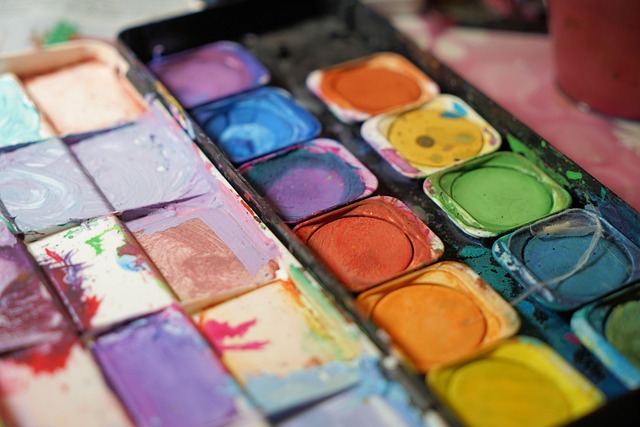Exploring the Depths: Psychoanalysis in Paintings
Art has always been a medium of expression, a reflection of the human experience, and a vessel for the complex emotions that reside within us. When we combine this with the principles of psychoanalysis, we delve into a realm where every stroke of paint becomes a dialogue between the conscious mind and the subconscious desires.
The Intersection of Art and the Mind
The exploration of our psyche through art can be traced back to the early 20th century when psychologists such as Sigmund Freud introduced concepts that changed the way we perceive ourselves and our creations. Freud’s theories about dreams and the unconscious sparked a movement in art that sought to explore the deeper motives behind creation. Paintings began to reflect not just the surface beauty of their subjects but also the hidden narratives and emotional struggles beneath.
Visual Language of the Subconscious
Many artists have tapped into the power of psychoanalysis to communicate their innermost thoughts and feelings. Surrealists like Salvador Dalí and Max Ernst used dream-like imagery to reveal the thoughts that linger in the periphery of our consciousness. Their paintings are adorned with shapes and forms that defy logic, inviting viewers to engage with their own emotional responses and unearth their interpretations.
Emotional Resonance in Color and Form
Colors play a significant role in conveying the emotional weight of a painting. The use of vibrant hues can evoke joy or anger, while softer shades may bring about feelings of melancholy or nostalgia. Just as in psychoanalysis, where colors may symbolize different aspects of the self, artists utilize these elements purposefully to create a connection with the audience. When we stand before a painting, we often find ourselves affected by what we see—an embodiment of our fears, desires, and even unresolved conflicts.
A Journey into Self-Discovery
Engaging with art can be akin to the therapeutic process in psychoanalysis. As we observe and interpret paintings, we embark on a journey of self-discovery. Each piece invites us to confront our own unconscious thoughts and feelings, enabling a deeper understanding of ourselves. The art not only becomes a reflection of the artist’s inner world but also acts as a mirror for us to examine our own psyche.
The Influence of Psychoanalysis on Contemporary Artists
In today’s art scene, the influence of psychoanalysis remains prevalent. Many contemporary artists continue to explore themes of identity, trauma, and emotional complexity within their works. The conversation surrounding mental health and wellness has permeated the art world, and artists are using their platforms to break the stigma and provide an outlet for shared experiences. This serves as a reminder that art is not just for admiration; it can be a powerful tool for healing and understanding.
Invitation to Explore
As we navigate this journey into the depths of psychoanalysis in painting, we invite you to engage with art on a more intimate level. Take time to observe, contemplate, and connect with the works that resonate with you. Allow yourself to feel the emotions they evoke and explore the narratives that emerge. In doing so, you may discover not only the intricacies of the artist’s mind but also the layers within your own.




